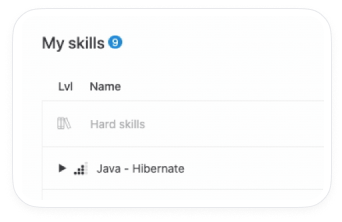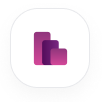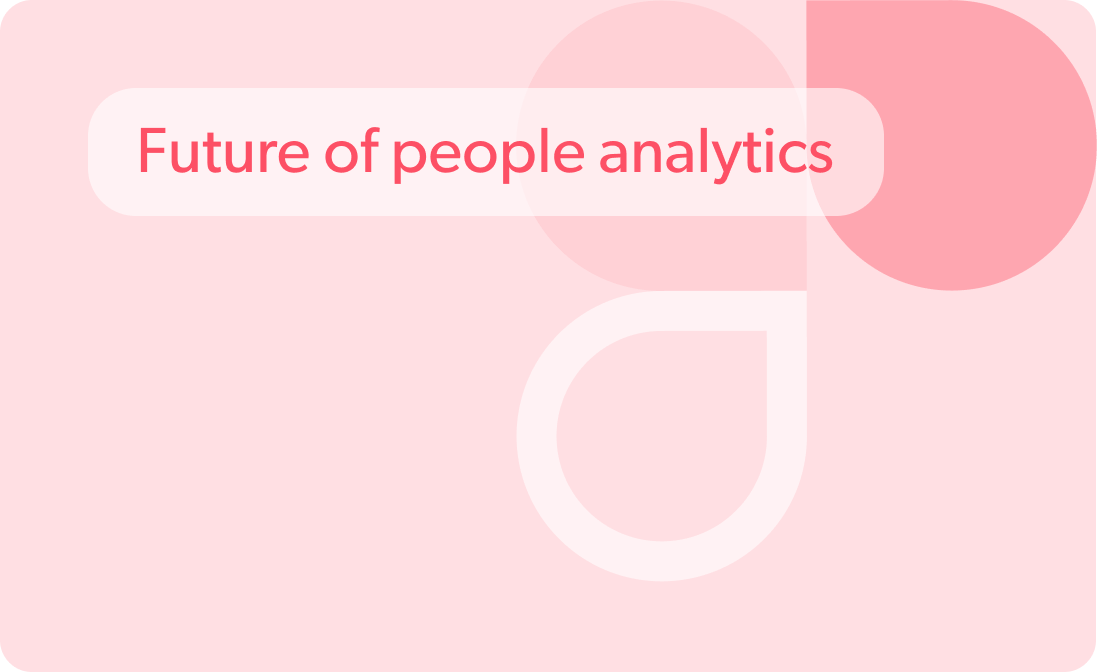Content intelligence insights, tips, and solutions
Table of contents
Every year, businesses spend about $100 billion on corporate learning content. Yet most don’t know which content builds the skills they need, making it impossible to deliver a return on investment and creating chaotic experiences that undermine learning efforts.
What if you tried an intelligent approach for skills-based matching of the right training to the right person?
In 2018, IBM researched how HR managers can use AI effectively. The results showed that AI helps HR managers:
- Provide a well-chosen learning experience
- Deliberately address skills gaps
- Support fair internal mobility and succession plans.
You may ask, But how do you achieve this? The answer is content intelligence. In this article, we share the data-driven L&D approach organizations can use to identify the most relevant digital learning materials for their employees and optimize their content strategy using intelligent methods. Let’s examine what content intelligence is and why it’s so essential for HR.
Source: marketoonist.com
What is content intelligence in the HR domain?
Content intelligence uses artificial intelligence (AI) and machine learning (ML) algorithms to structure specific types of content. In the realm of HR, this content comprises job postings, employee profiles, training data, learning courses, CVs, etc.
Researching content effectiveness is similar to creating a skills taxonomy. It helps HR managers automatically match candidates to jobs, find internal candidates for projects, identify skills gaps between individuals and the jobs they’re aiming for, and find career paths between jobs requiring similar skills.
Working with big data is great. However, all the HR data that managers use may quickly lead to chaos if it’s not structured properly.
Humans cannot possibly keep up with structuring content – there’s too much and it’s too dynamic
Let’s see how it usually works in organizations with the example of learning and development (L&D) programs. Companies make huge investments in learning content because it enables better upskilling, reskilling, career pathing, and succession planning. However, the amount of content offered by L&D platforms is immense. The result is chaos: HR departments don’t clearly understand what content employees need or if it’s aligned with the company’s strategy and business vision. As a result, they spend vast amounts of their budget on L&D content.
What if there was a way to evaluate content relevance before investing resources? That’s where content intelligence comes into play.
Most organizations gauge the relevance of content based on a course title or usage indicators. However, whether course content aligns with a company’s skills, capabilities, vision, and philosophy is difficult to assess. Categorizing the content would require an army of people and thousands of hours of effort. But if content categorization were automated, it would require little time and effort. That’s where AI and other technologies come in, and content intelligence solutions like smartLibrary can help.
HRForecast content intelligence use cases
Content intelligence enables you to compare, manage, and enrich learning assets to reduce extra costs, curate work projects faster, and improve your learning systems. The smartLibrary database stores a collection of jobs, skills, and training courses. And it’s constantly updated, so it’s a dynamic, market-driven source of information.
If you find that you need a role, skill, or training program that is specific to your company and is not available in the standard library, you can create and use your own libraries of any type. This allows you to standardize your jobs and skills database by clearly communicating roles and create your own collection of training courses to offer your employees.
Here are some examples of how smartLibrary can benefit your business:
- Let your data speak a common language. Take advantage of the common skills ontology in smartLibrary to standardize all available workforce-related content around common skills ontology. Typical data sources include learning libraries, skills, job postings, CVs, and other employee training data.
- Deliver targeted learning content. smartLibrary extracts and tags skills from learning content of L&D providers, making it easier for HR administrators to find the right employee training. smartLibrary takes the guesswork out of matching employees with relevant learning content to close their skills gaps.
- Automate your recruiting process. smartLibrary is also perfect for automating recruiting processes. By extracting and tagging skills from the company’s job postings, recruiters can find the most appropriate roles for internal candidates.
- Future-proof your workforce. Know the skills and jobs of the future. smartLibrary goes beyond data management by providing intelligent algorithms that give you ratings, insights, and updates on global jobs and skills.
At HRForecast, we create and maintain a unique and highly accurate library of jobs and skills. Below, we show you how we handle job postings.
Our crawlers extract and structure data from job postings in a way that allows our algorithms to standardize the extracted content.
The mission of smartLibrary is to answer your questions about future jobs and skills by analyzing millions of macroeconomic data points.
Data acquired from job postings can be applied to several use cases. One use case is creating predictive job profiles to help companies understand what skills and tasks will be required for specific roles in the future.
Content intelligence insights for future-based profiles
Future job profiles based on big data are built into smartLibrary and are immediately available to your employees. They can be used in multiple ways:
- Future job profiles can help you optimize talent development and training according to future job requirements.
- Recruiters can optimize their job postings to reflect emerging skills and tasks in response to future trends.
- Stakeholders can gain insights into how specific roles and skills will evolve in the future.
It’s your turn to try a data-driven approach
Content intelligence is a powerful solution for optimizing content, engaging learners with the most relevant content, and maximizing learning ROI. Organizations such as Lufthansa Systems Hungary, Telekom AG, and A1 L&D teams already use AI-powered content intelligence tools to deliver the most relevant information to their HR teams. Maybe it’s your turn to try a data-driven approach. Book a demo to see if smartLibrary matches your goals.
Stay up to date with our newsletter
Every month, we’ll send you a curated newsletter with our updates and the latest industry news.





























 info@hrforecast.de
info@hrforecast.de
 +49 89 215384810
+49 89 215384810






